By Christopher Miskimon
Just after 6 am on July 5, 1943, Vasiliy Krysov spotted the enemy. Six tanks moved slowly toward him and the SU-122 self-propelled gun he commanded. The tanks had flat-sided hulls, squat turrets, and a long gun barrel with a muzzle brake … they were Tigers! Vasiliy had to let them get close to ensure their destruction. His vehicle commanders reported ready to fire, but he told them to wait … 900 meters … 800 … 700…. Still he held their fire. The Tigers stayed slow, hoping a Soviet gunner would lose his composure and fire outside effective range, revealing his position. Then the German gunners could destroy their enemy from a safe distance.
The Tigers reached the Soviet infantry’s outpost line; the footsoldiers opened up with machine guns and hurled grenades and Molotov cocktails. Soon the infantry had to pull back, and the Tigers followed. Suddenly two explosions rocked the battlefield. Two of the Tigers struck mines. They were immobilized but continued to fire. Vasiliy had encouraged his men to hold their fire, and they acted with restraint, but now the regimental commander came over the radio. “At the tanks,” he ordered. “Fire!” Vasiliy passed the command to his gunner, Valeriy Korolev.
Three red flares rose into the sky, confirming the order to open fire. Before the first flare reached its maximum height, Korolev depressed the trigger. The 122mm cannon roared, sending its heavy projectile racing toward a Tiger. The muzzle blast threw a cloud of dust and smoke into the air in front of the self-propelled gun. Even through the haze Vasiliy made out the flash of a hit on one of the Tiger’s turrets. Another was also hit, and both stopped. To the left, a third Tiger kept moving. Vasiliy ordered his crew to reload and fire at it.
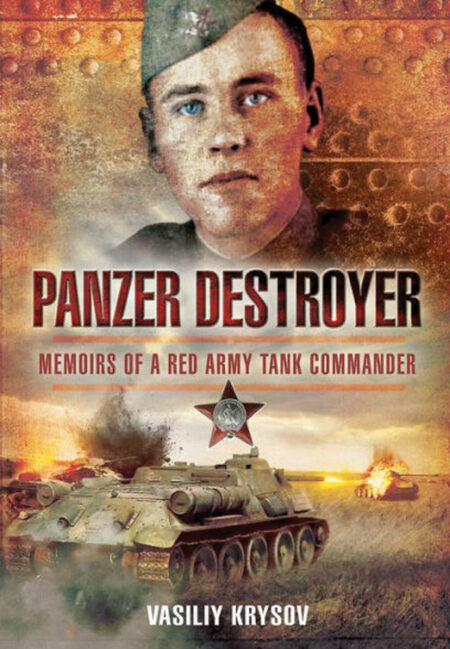 The round crashed into the Tiger’s turret, but it kept advancing, firing its cannon and machine guns at the Soviets. Vasiliy ordered a new aiming point. “At the tracks! Fire!” A second round thundered off, striking the Tiger’s right track and breaking it. Immediately, the Tiger swerved from the remaining momentum of its left track, revealing the thinner armor of its flank. Another SU-122 fired right away, slamming a shell into the German tank’s flank. The gunner was rewarded with a sheet of flame from the Tiger. With three tanks knocked out, the remaining German vehicles began to move around, looking for cover against the accurate fire of the Soviets. Soon, however, they resumed their attack, and in the distance Vasiliy made out the dark shapes of more German tanks. The enemy’s second wave was moving in.
The round crashed into the Tiger’s turret, but it kept advancing, firing its cannon and machine guns at the Soviets. Vasiliy ordered a new aiming point. “At the tracks! Fire!” A second round thundered off, striking the Tiger’s right track and breaking it. Immediately, the Tiger swerved from the remaining momentum of its left track, revealing the thinner armor of its flank. Another SU-122 fired right away, slamming a shell into the German tank’s flank. The gunner was rewarded with a sheet of flame from the Tiger. With three tanks knocked out, the remaining German vehicles began to move around, looking for cover against the accurate fire of the Soviets. Soon, however, they resumed their attack, and in the distance Vasiliy made out the dark shapes of more German tanks. The enemy’s second wave was moving in.
The life of an armored vehicle crewman was a difficult and risky one in the Soviet Red Army. Vasiliy Krysov knew that better than most, though he defied the odds and survived the war. As a new lieutenant in 1942, he was given command of a KV-1S heavy tank but was later reassigned to the SU-122 and then the SU-85 self-propelled guns. He fought at Stalingrad, Kursk, and the Dnieper. Wounded four times, at the war’s end he commanded a company of T-34/85 tanks. His fascinating memoir appears in English in Panzer Destroyer: Memoirs of a Red Army Tank Commander (Vasiliy Krysov, Pen and Sword Books, South Yorkshire, UK, 2019, 214 pp., maps, photographs, notes, index, $22.95, softcover).
Too often in accounts of the Eastern Front, Russian soldiers exist only as anonymous figures, cut down in droves by German troops and treated like simple peasants trying to make war. This memoir puts that notion to rest, highlighting the tactics and resourcefulness of Soviet soldiers along with their growing battle experience over the course of the war. The descriptions are vivid, revealing the thrill and terror of battle against a skilled opponent and the dogged determination that kept the Soviets in the war. The combat sequences are interspersed with vignettes of the daily life of the tank crews. A number of the author’s photographs and hand-drawn maps accompany the clear and engaging text. The notes should be read as they flesh out some details of the war that the author probably would not have known at the time, adding a wider scope to the work.
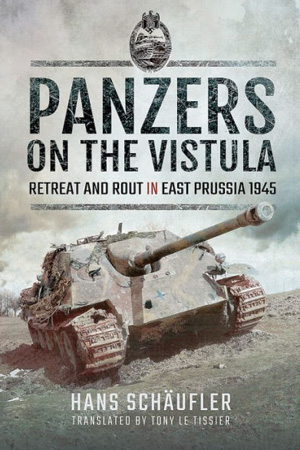 Panzers on the Vistula: Retreat and Rout in East Prussia (Hans Schäufler and Tony Le Tissier, Pen and Sword Books, South Yorkshire, UK, 2018, 160 pp., maps, photographs, $32.95, hardcover)
Panzers on the Vistula: Retreat and Rout in East Prussia (Hans Schäufler and Tony Le Tissier, Pen and Sword Books, South Yorkshire, UK, 2018, 160 pp., maps, photographs, $32.95, hardcover)
Hans Schäufler was the commander of a Jagdpanther tank destroyer in 1945. His unit was in the seaside resort town of Zoppot in the Bay of Danzig after evacuation from the Courland Pocket. His unit was forced to leave their vehicles and equipment behind. They were not there long when his regimental commander received a daunting radio message: “Soviet tanks penetrating the Gruppe Training Area. Heavy weapons, armoured personnel carriers and tanks available in limited numbers. Get the crews moving immediately!” The battle for East Prussia was grinding to its dreadful conclusion. It was a time of chaos and tragedy for the soldiers and civilians involved as the Third Reich reaped what it sowed.
This memoir gives insight into that tragedy from the viewpoint of a German soldier who went through it all. It is an eyewitness account, describing what it was like to take part in the rearguard actions against the Red Army and the horrifying conditions in the city of Danzig while under attack. The book also provides a look at German tank and infantry tactics at the end of the war, when there were shortages of everything but the fighting still went on. The writing is clear, well translated from the original German, and quite engaging.
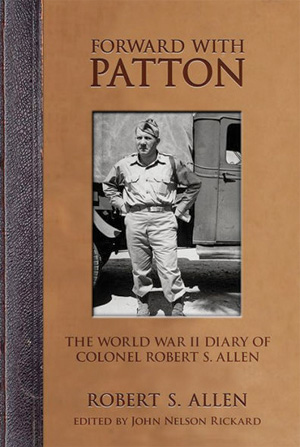 Forward with Patton: The World War II Diary of Colonel Robert S. Allen (Robert S. Allen, edited by John Nelson Rickard, University Press of Kentucky, Lexington, 2018, 317 pp., maps, photographs, appendices, notes, bibliography, index, $50.00, hardcover)
Forward with Patton: The World War II Diary of Colonel Robert S. Allen (Robert S. Allen, edited by John Nelson Rickard, University Press of Kentucky, Lexington, 2018, 317 pp., maps, photographs, appendices, notes, bibliography, index, $50.00, hardcover)
Robert S. Allen was a controversial figure. He was a World War I veteran, a journalist, and a Soviet Spy, a paid informant. Even after this treachery, he returned to the service during World War II on the staff of General George S. Patton. He thought very highly of Patton and frequently wrote of him in his diary. Allen also wrote of various things that came to his attention as an intelligence officer for Third Army. He loved Third Army to a fault, though he was not always liked by his fellow officers. While he was not always objective, his writings provide insight into the operations of Patton’s army and provides detail on the members of its staff.
Allen was a colorful character, and his writing reflects it. The book focuses on his diary during the time he was with Patton’s Third Army. The editor does an excellent job annotating the diary and adding information, which completes the reader’s understanding. The diary of a staff officer is rarely considered exciting, but the editor trumps that notion through the skillful application of his craft.
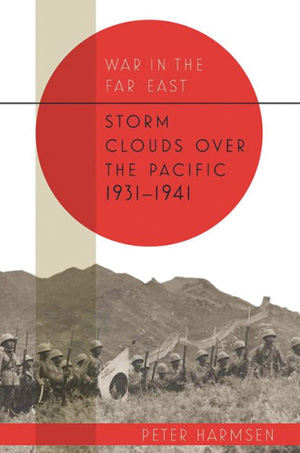 War in the Far East: Storm Clouds Over the Pacific 1931-1941 (Peter Harmsen, Casemate Publishers, Havertown, PA, 2018, 234 pp., maps, photographs, notes, bibliography, index, $32.95, hardcover)
War in the Far East: Storm Clouds Over the Pacific 1931-1941 (Peter Harmsen, Casemate Publishers, Havertown, PA, 2018, 234 pp., maps, photographs, notes, bibliography, index, $32.95, hardcover)
Japanese Army Captain Shimizu Setsuro walked along the banks of the Yongding River near Beijing on the evening of July 7, 1937. His task was to inspect the area in preparation for his battalion’s scheduled night maneuvers in a few hours, but something bothered him, leaving an uneasy feeling. The Chinese Army positions on the far bank showed signs of reinforcement. It led him to believe something might happen that night. There were 5,600 Japanese troops in the area versus an estimated 75,000 Chinese soldiers; the Chinese ranks were full of hatred for the Japanese. In a few hours the captain would lead his company into the area, just downriver from a famous landmark, the Marco Polo Bridge, so named thanks to the Italian explorer who described it centuries earlier. It would prove a fateful night in the history of China and the world.
For Americans, World War II began with the attack on Pearl Harbor in December 1941. For much of Asia the conflict was already 10 years old by then. The author studies the origins of World War II in the Pacific through the vast war fought between China and Japan. It is a balanced book providing the perspectives of both sides and explains the motives and goals of each. The narrative is clear and engaging, and the level of detail is impressive.
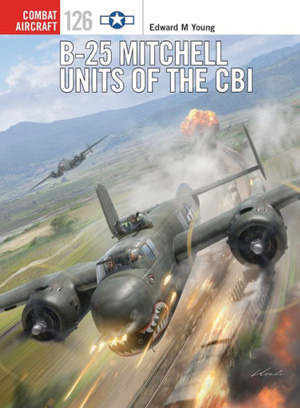 B-25 Mitchell Units of the CBI (Edward M. Young, Osprey Publishing, Oxford, UK, 2018, 96 pp., maps, photographs, appendices, bibliography, index, $23.00, softcover)
B-25 Mitchell Units of the CBI (Edward M. Young, Osprey Publishing, Oxford, UK, 2018, 96 pp., maps, photographs, appendices, bibliography, index, $23.00, softcover)
The North American B-25 Mitchell is famous as the land-based bomber that took off from the aircraft carrier USS Hornet to strike Japan during the Doolittle Raid, but it played a vital role in Southeast Asia in the China-Burma-India (CBI) Theater. Medium bomber groups were assigned to both the Tenth and Fourteenth Air Forces, and they ranged across South China and what was then Indochina. At first the B-25s saw employment at medium altitude bombing, but soon Japanese air power in the region declined, giving the Allies control of the air. This allowed the Mitchell to be used for low-level strafing and bombing against bridges, shipping, and railroad targets, as well as enemy ground forces. The B-25 and its crews proved versatile and effective at various attack missions and contributed greatly to the disruption of Japanese logistics networks in the combat area.
This is a thorough look at the B-25 and those who flew it in the CBI. The author is an acknowledged military aviation expert who uses extensive firsthand accounts by B-25 veterans to bring the reader a fascinating look at air operations in one of the war’s lesser known theaters. The book is part of Osprey’s Combat Aircraft Series; true to the quality of previous volumes, it is well illustrated and includes color plates of various B-25 models.
 Sand and Steel: The D-Day Invasions and the Liberation of France (Peter Caddick-Adams, Oxford University Press, Oxford, UK, 2019, 928 pp., notes, bibliography, index, $34.95, hardcover)
Sand and Steel: The D-Day Invasions and the Liberation of France (Peter Caddick-Adams, Oxford University Press, Oxford, UK, 2019, 928 pp., notes, bibliography, index, $34.95, hardcover)
The invasion of Europe by the Western Allies proved a monumental task requiring massive preparations before the first soldier’s boot could touch the sands of the Normandy beaches. Troops had to be equipped and trained. Reconnaissance planes flew over Europe to gather information. Shipping had to be assembled. Planners worked furiously to devise the methods to move what was ultimately millions of soldiers onto mainland Europe and keep them supplied with everything from ammunition and fuel to chocolate bars for quick energy. Once the development concluded and the invasion force left English soil, it was up to the men who went ashore in France. The senior Allied staffs were now helpless; everything depended on privates, sergeants, and the junior officers who led them to bring all that planning to fruition.
The 75th Anniversary of D-Day is in 2019, and this book commemorates that event with in-depth research and an engaging narrative. The author is recognized for Snow and Steel, his previous work on the Battle of the Bulge. This work is fully the equal of that volume in detail and prose. It combines personal testimonies of the participants with archival and battlefield research to give the reader a one-stop hardcover on World War II’s greatest amphibious assault.
 Fall of the Japanese Empire: Memories of the Air War 1942-45 (Ron Werneth, Elm Grove Publishing, San Antonio, TX, 2018, 282 pp., maps, photographs, appendices, bibliography, index, $59.99, hardcover)
Fall of the Japanese Empire: Memories of the Air War 1942-45 (Ron Werneth, Elm Grove Publishing, San Antonio, TX, 2018, 282 pp., maps, photographs, appendices, bibliography, index, $59.99, hardcover)
The Americans attacked Chichi-Jima at dawn. The Japanese-held island felt the full fury of American airpower for several days in early July 1944. During an attack on July 4, Lieutenant Kunio Iwashita, stationed on nearby Iwo Jima, scrambled to his fighter and took off just as the sun rose. The young pilot only reached about 300 feet when American fighters opened fire on him. Kunio managed to dodge the bursts of machine-gun fire and ascend. Flying near Mount Suribachi, he looked for enemy planes to engage. He saw four aircraft that he thought were Japanese but soon realized were American Grumman F6F Hellcats. They either did not spot him or similarly misidentified his plane, so Kunio went closer and opened fire on one of them. The Hellcat burst into flames, and Kunio saw its pilot’s face as the young American turned toward him. The Hellcat crashed into the ocean, and the other Americans pounced on Kunio, hitting his Zero numerous times. He was forced to make a landing at a nearby airfield. Several mechanics ran up to him and thanked him for shooting down the Hellcat, which had just strafed them. It was Kunio’s first combat; he would always remember the face of the young pilot he killed that day.
This book collects the firsthand experiences of 19 Pacific War veterans, 11 of them Japanese. Each chapter is a fascinating look at the lives of the men who struggled across the world’s largest ocean and the tiny islands that dot it. It is well illustrated and engaging. There are a number of color plates and several appendices with useful information.
 Kangaroo Squadron: American Courage in the Darkest Days of World War II (Bruce Gamble, Da Capo Press, Boston, 2018, 416 pp., maps, photographs, appendix, notes, bibliography, index, $28.00, hardcover)
Kangaroo Squadron: American Courage in the Darkest Days of World War II (Bruce Gamble, Da Capo Press, Boston, 2018, 416 pp., maps, photographs, appendix, notes, bibliography, index, $28.00, hardcover)
In the bleak days after the attack on Pearl Harbor and the Japanese invasion of the Philippines, America’s immediate prospects against the Japanese Empire seemed dim indeed. Nevertheless, the United States did not quit, despite the paucity of available forces. In early 1942 a dozen Boeing B-17 Flying Fortress bombers, barely a squadron, were designated as the Southern Bomber Command and sent to Australia to take the fight to the Japanese as best they could. The men of the unit did just that. On February 23, 1942, they carried out a raid against the Japanese stronghold at Rabaul. It was a small effort but signaled America was still in the fight. The unit carried out more bombing raids, reconnaissance missions, and even picked up General Douglas MacArthur and his staff as they fled the Philippines.
The author is an acknowledged authority on the Pacific War, and this is his seventh book on the subject. It is remarkable for its clear, crisp writing, attention to detail, and grasp of how his subject fits into the wider scope of the war.
 A Woman of No Importance: The Untold Story of the American Spy Who Helped Win World War II (Sonia Purnell, Viking Press, New York, 2019, 334 pp., map, notes, bibliography, index, $28.00, hardcover)
A Woman of No Importance: The Untold Story of the American Spy Who Helped Win World War II (Sonia Purnell, Viking Press, New York, 2019, 334 pp., map, notes, bibliography, index, $28.00, hardcover)
“She is the most dangerous of all Allied spies. We must find and destroy her.” This was the Gestapo’s message to its agents in 1942. They referred to Virginia Hall, an American woman who joined the war first by driving ambulances for the French Army and later by joining the British Special Operations Executive. She parachuted into France with a mission to establish a spy network and succeeded beyond all expectations. The Nazis doggedly chased her, but she made a fast escape in a grueling march over the Pyrenees Mountains. Yet she later returned to do more work toward liberating France, and she did all of this with a prosthetic leg.
This unique tale of a woman at war is expertly assembled and told. The author pulls together details from a variety of sources, weaving it all into a coherent and sharp narrative. Virginia Hall is truly one of history’s larger-than-life characters, and this new work does justice to her legacy.
New and Noteworthy
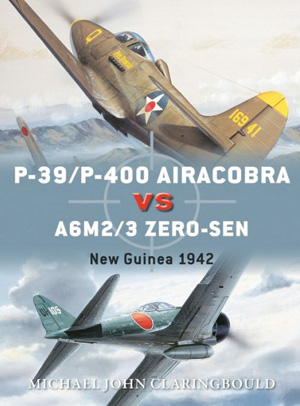 P-39/P400 Airacobra vs A6M2/3 Zero-Sen: New Guinea 1942 (Michael John Claringbould, Osprey Publishing, 2018, $20.00, softcover) Osprey’s Duel Series compares machines of war and the combatants who operated them. This volume compares two famous aircraft in the early part of the Pacific War.
P-39/P400 Airacobra vs A6M2/3 Zero-Sen: New Guinea 1942 (Michael John Claringbould, Osprey Publishing, 2018, $20.00, softcover) Osprey’s Duel Series compares machines of war and the combatants who operated them. This volume compares two famous aircraft in the early part of the Pacific War.
Division Leclerc: The Leclerc Column and Free French 2nd Armored Division, 1940-1946 (M.P. Robinson and Thomas Seignon, Osprey Publishing, 2018, $19.00, softcover) Leclerc led the most famous division in the Free French forces. This book highlights their service and experience.
The Second World War (Forward by Sir Max Hastings, Osprey Publishing, 2018, $35.00, softcover) Nine leading historians collaborated to produce this summary of history’s greatest and most terrible conflict. It is well illustrated with excellent maps.
Malta Strikes Back: The Role of Malta in the Mediterranean Theatre 1940-1942 (Ken Delve, Pen and Sword Books, 2018, $44.95, hardcover) Malta was an “unsinkable aircraft carrier” that helped keep Great Britain in the war. This book summarizes its importance in the war effort.
The Allies Strike Back 1941-1943: The War in the West, Volume Two (James Holland, Grove Press, 2018, $20.00, softcover) This second volume in the author’s trilogy highlights the years in which the Third Reich met its first real setbacks at the hands of the Allied armies. It is well researched and detailed.
Hitler’s Collaborators (Philip Morgan, Oxford University Press, 2018, $27.95, hardcover) This book is an in-depth look at how the European nations occupied by Nazi Germany worked with the Reich in the furtherance of its goals. The author sees them as trapped but also largely complicit.
 Soldier, Sailor, Frogman, Spy, Airman, Gangster, Kill or Die: How the Allies Won on D-Day (Giles Milton, Henry Holt and Co. 2018, $30.00, hardcover) This is the story of D-Day from the perspective of various soldiers and civilians who lived through it. It is a richly detailed narrative account.
Soldier, Sailor, Frogman, Spy, Airman, Gangster, Kill or Die: How the Allies Won on D-Day (Giles Milton, Henry Holt and Co. 2018, $30.00, hardcover) This is the story of D-Day from the perspective of various soldiers and civilians who lived through it. It is a richly detailed narrative account.
The First Soldier: Hitler as Military Leader (Stephen G. Fritz, Yale University Press, 2018, $30.00, hardcover) This reassessment of Hitler’s military leadership challenges the accepted notions of his incompetence at directing the war. It argues his generals were actually often in agreement with his larger goals.
Images of War: The Americans on D-Day and in Normandy (Brooke S. Blades, Pen and Sword Books, 2019, $28.99, softcover) This book contains hundreds of photographs of Americans during the Normandy fighting. It highlights both soldiers and civilians.
Cromwell and Centaur Tanks (Dennis Oliver, Pen and Sword, 2018, $24.95, softcover) This historical analysis focuses on these two British tank types with emphasis on assisting modelers in creating accurate reproductions.
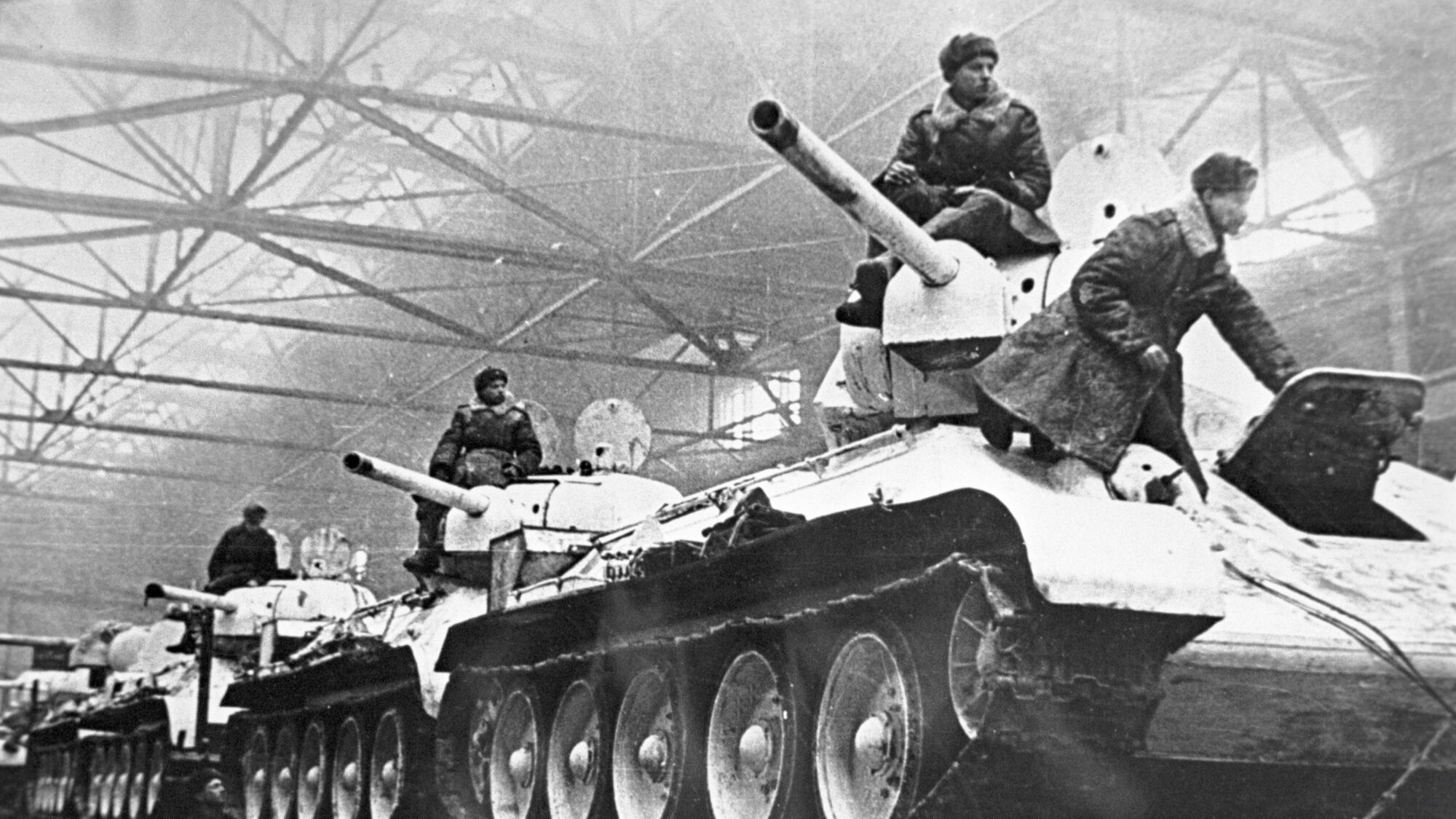
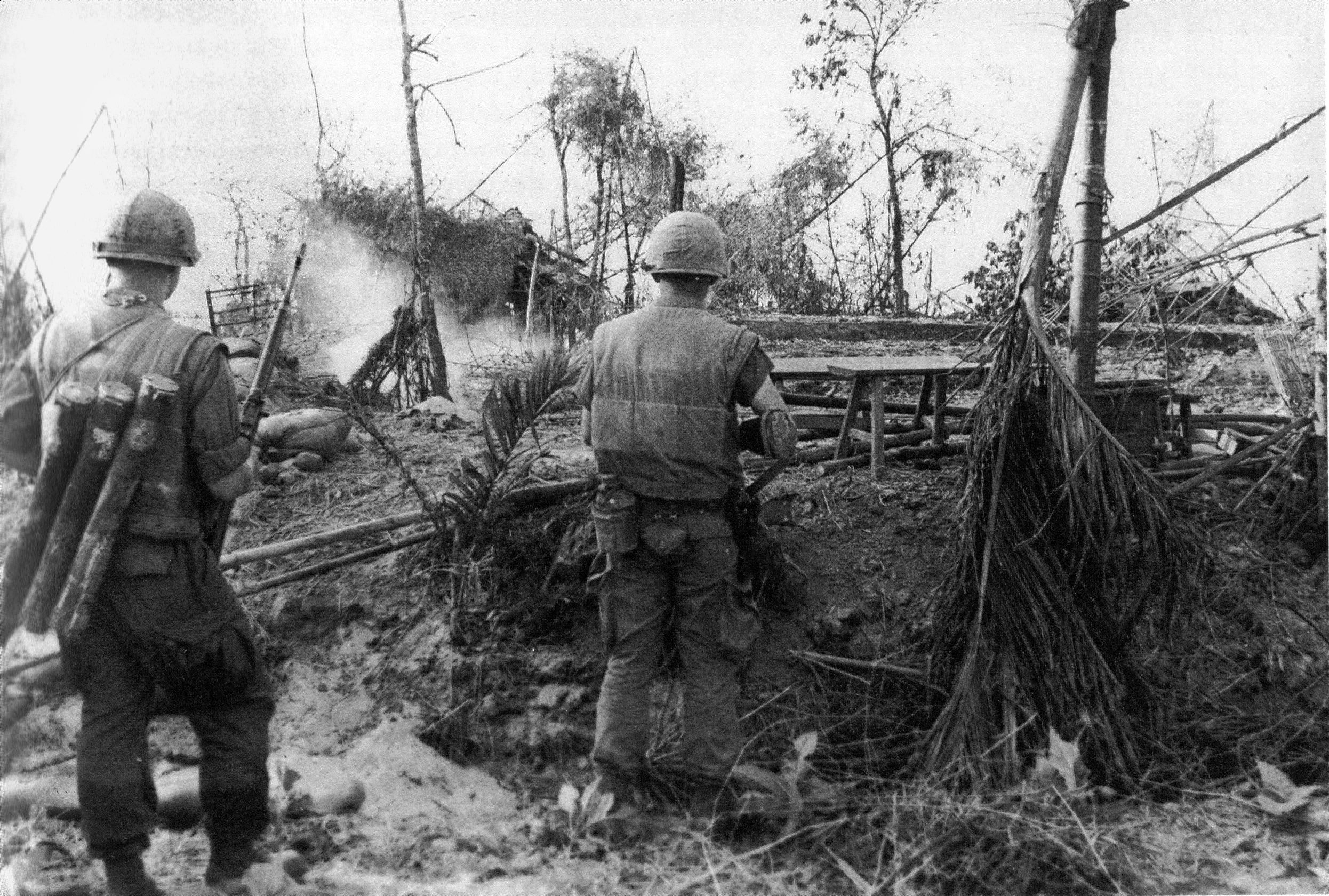
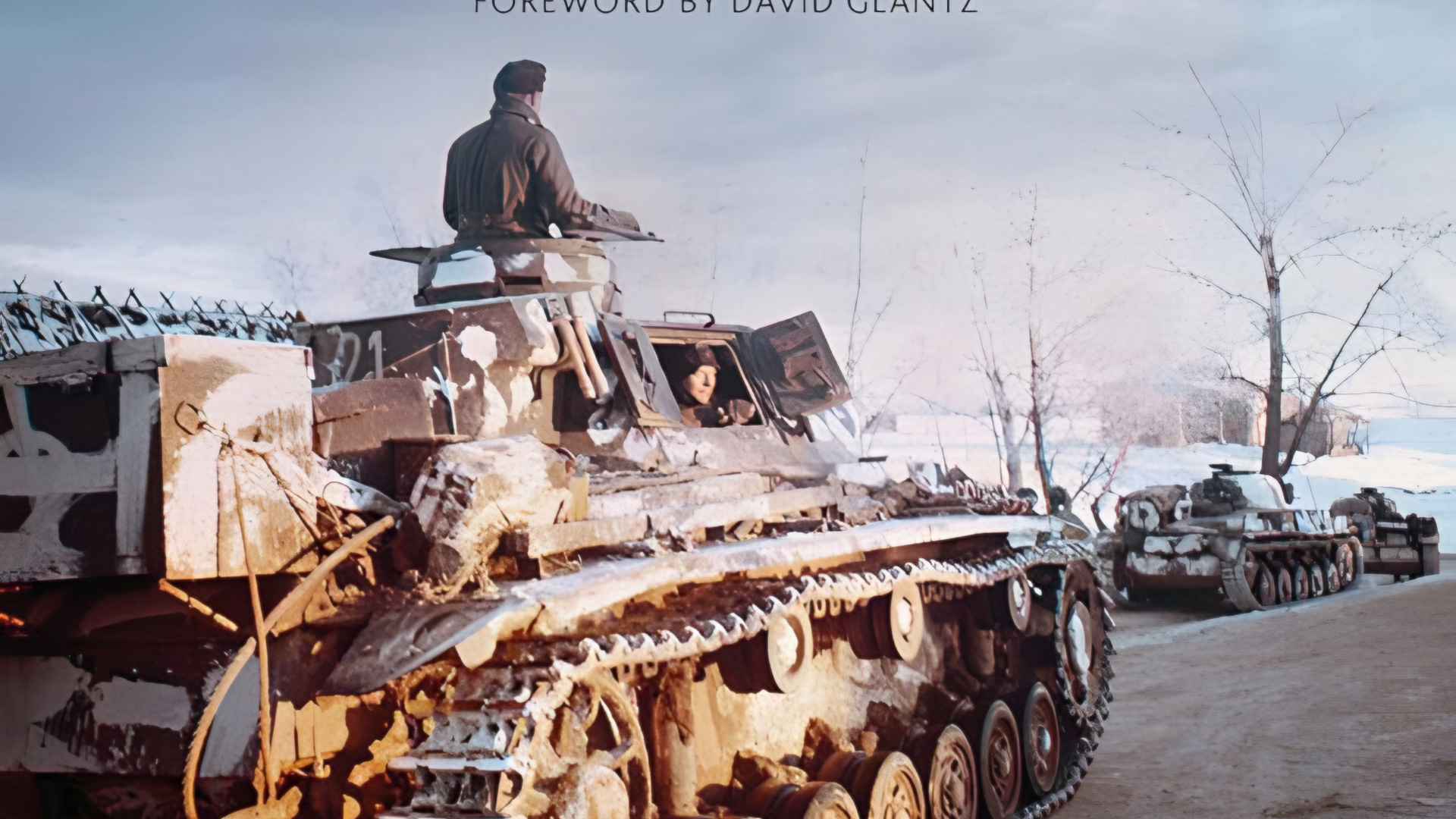
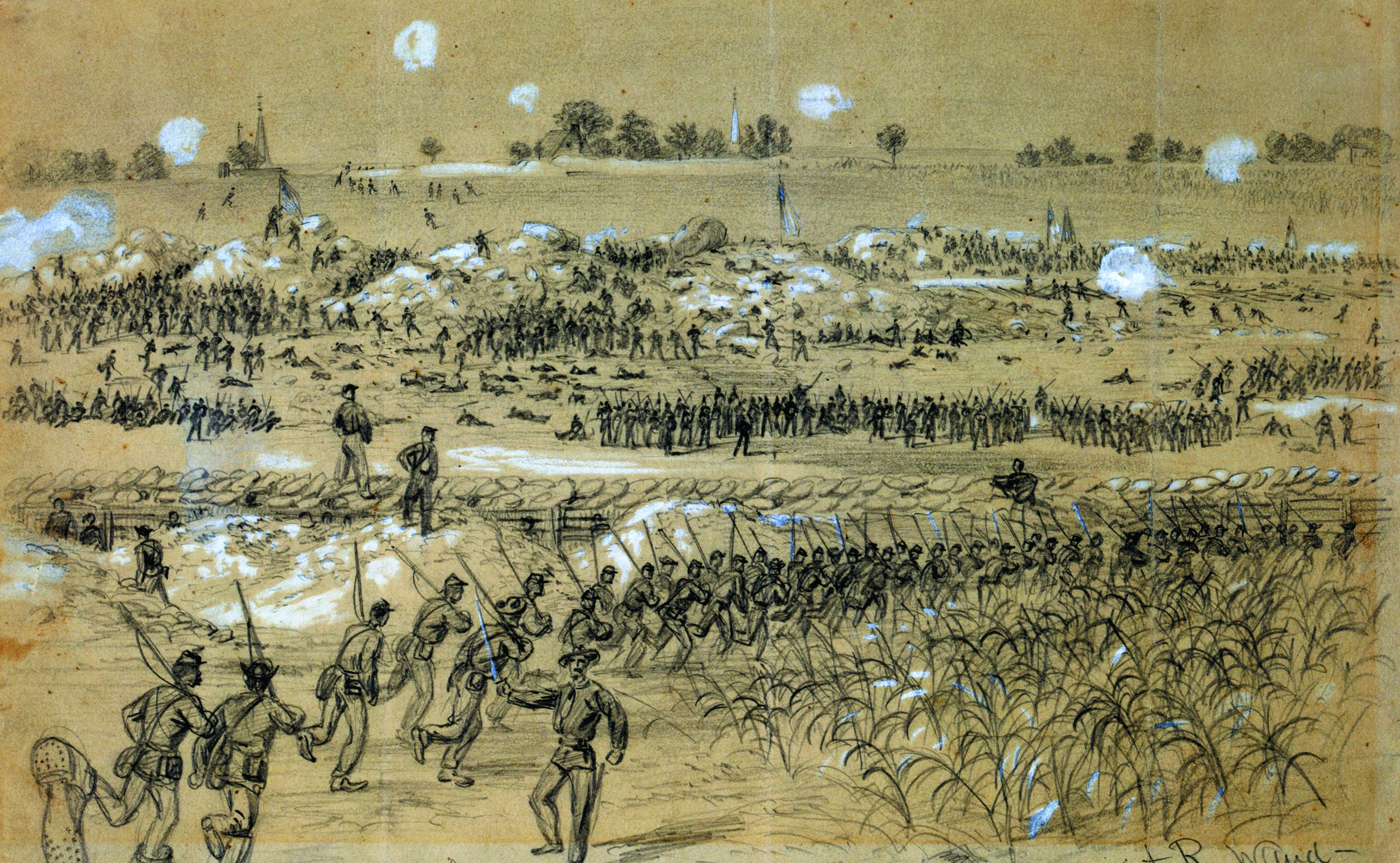
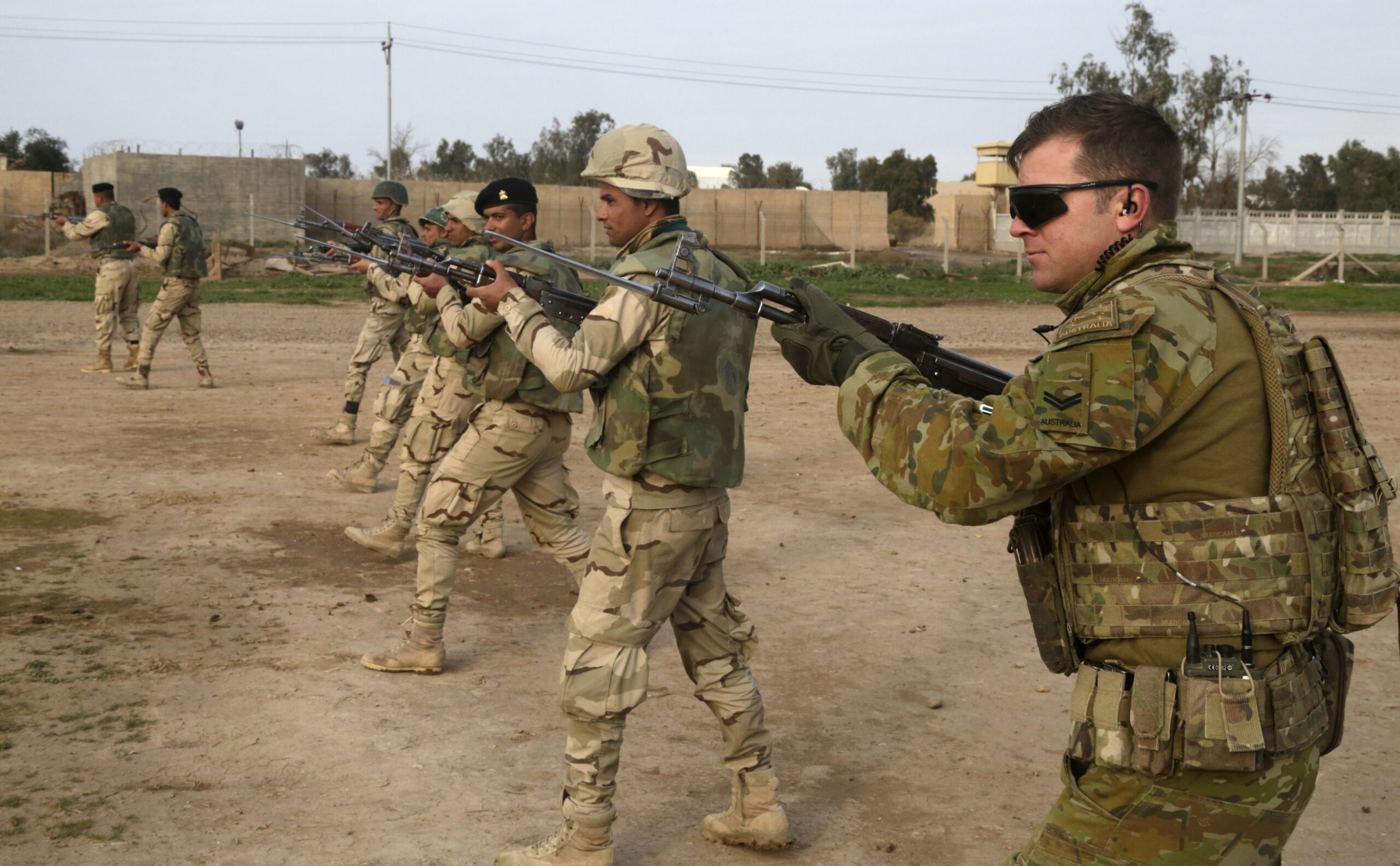
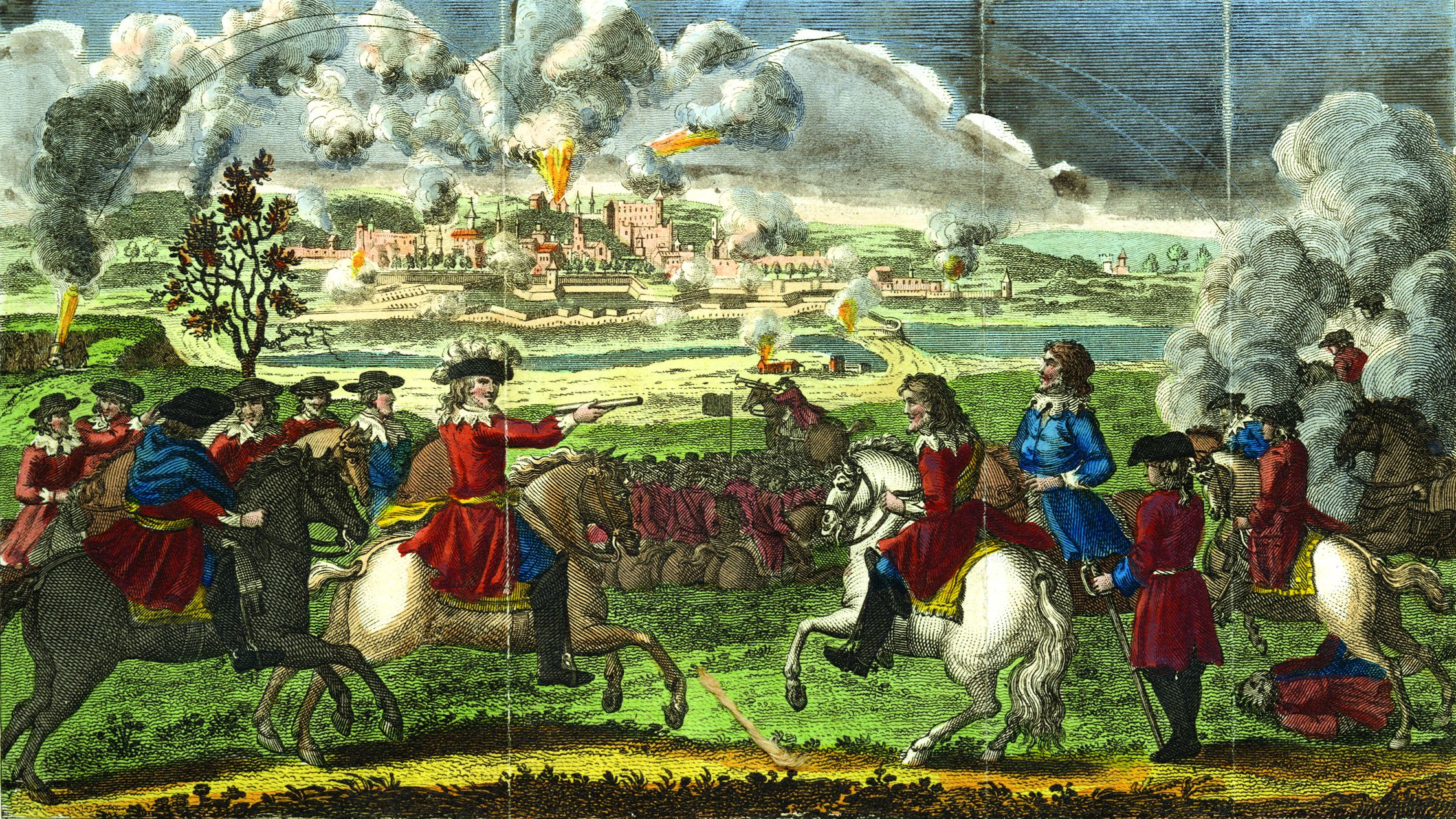
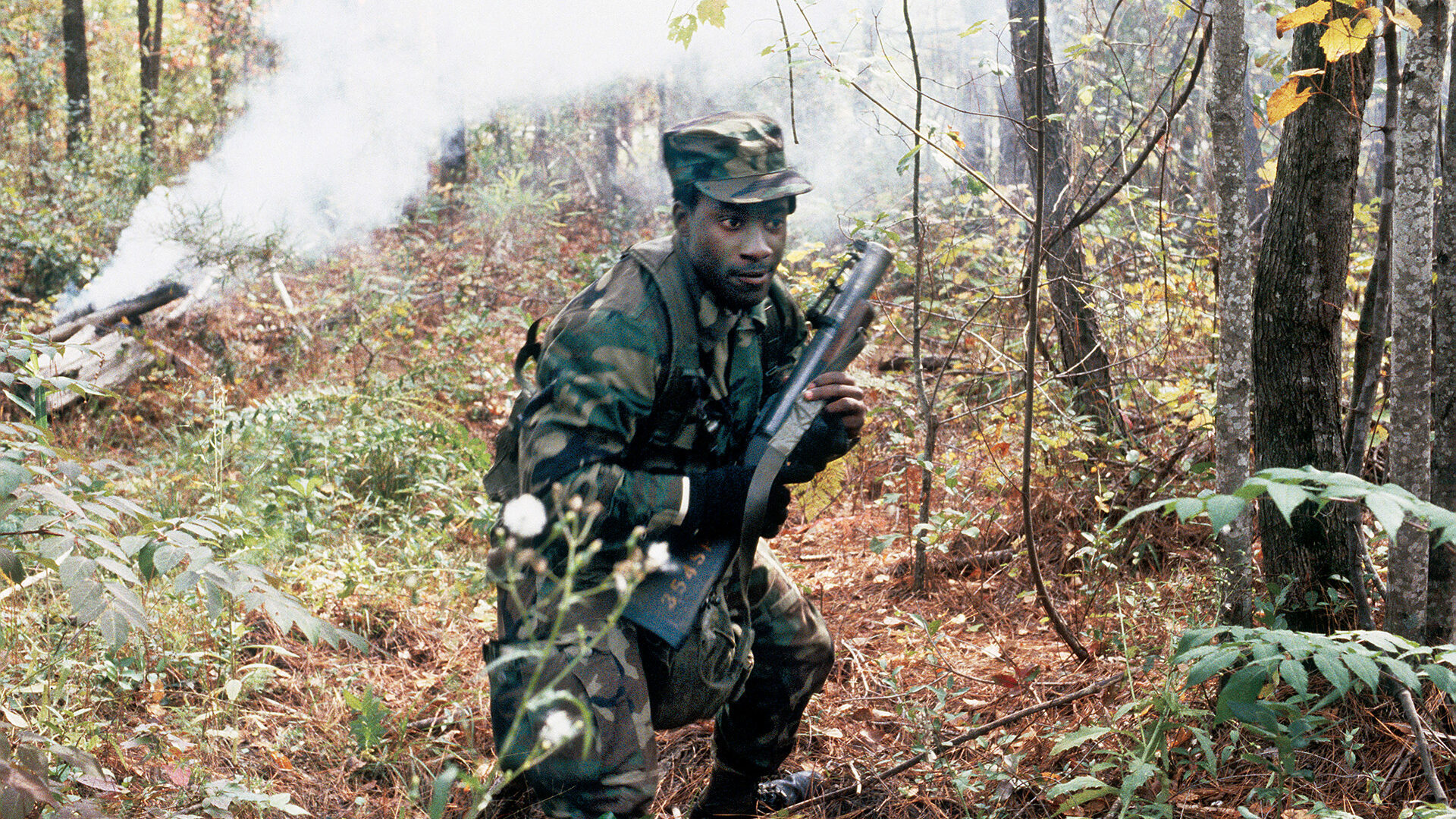
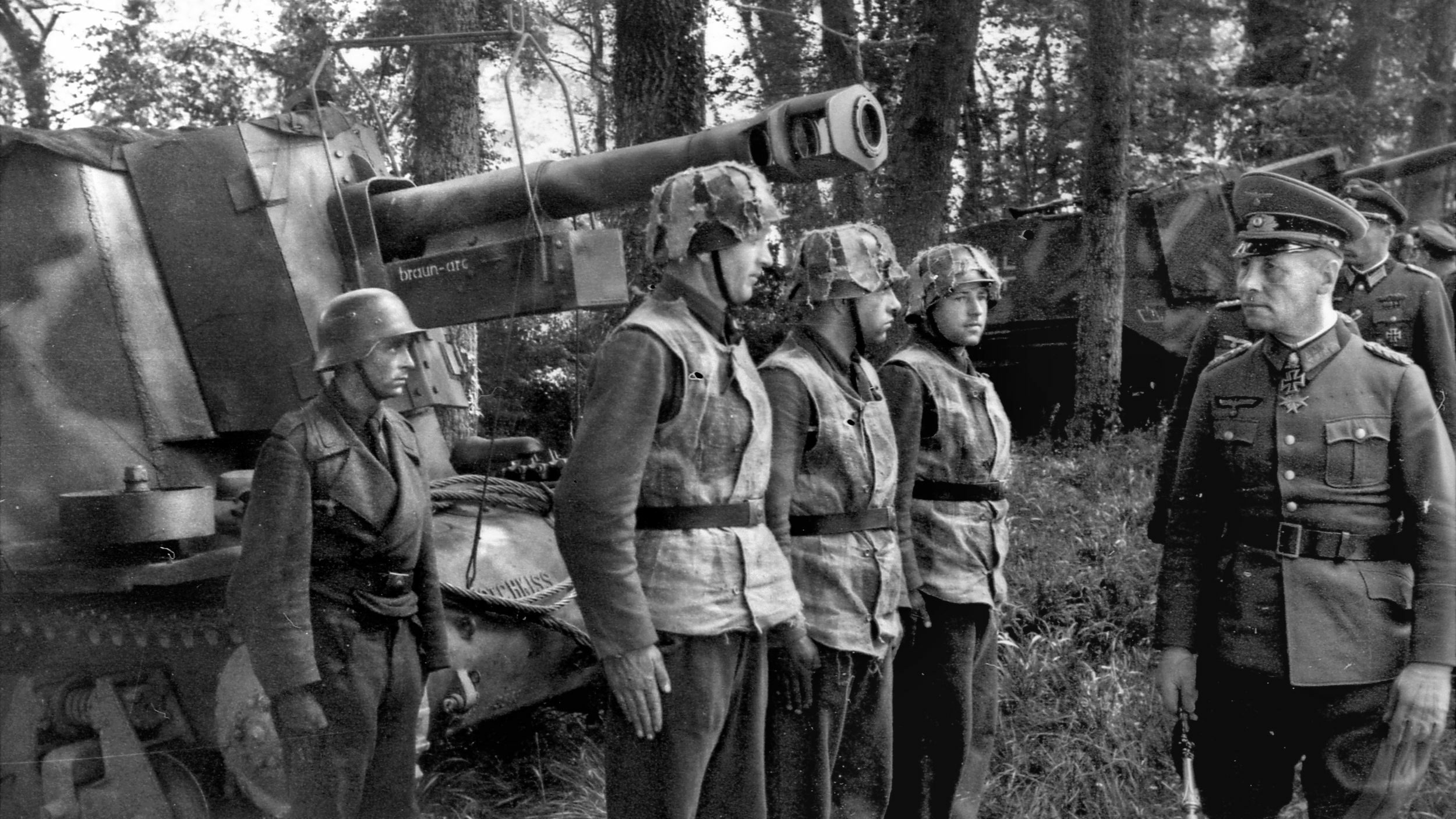
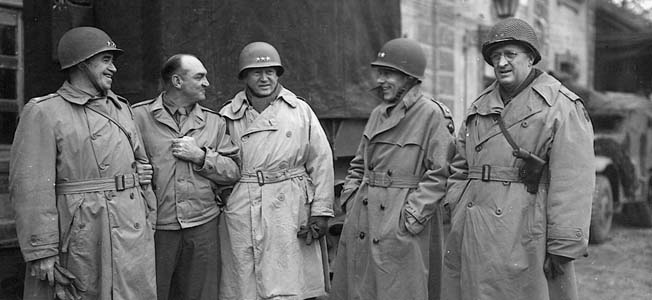
Join The Conversation
Comments
View All Comments